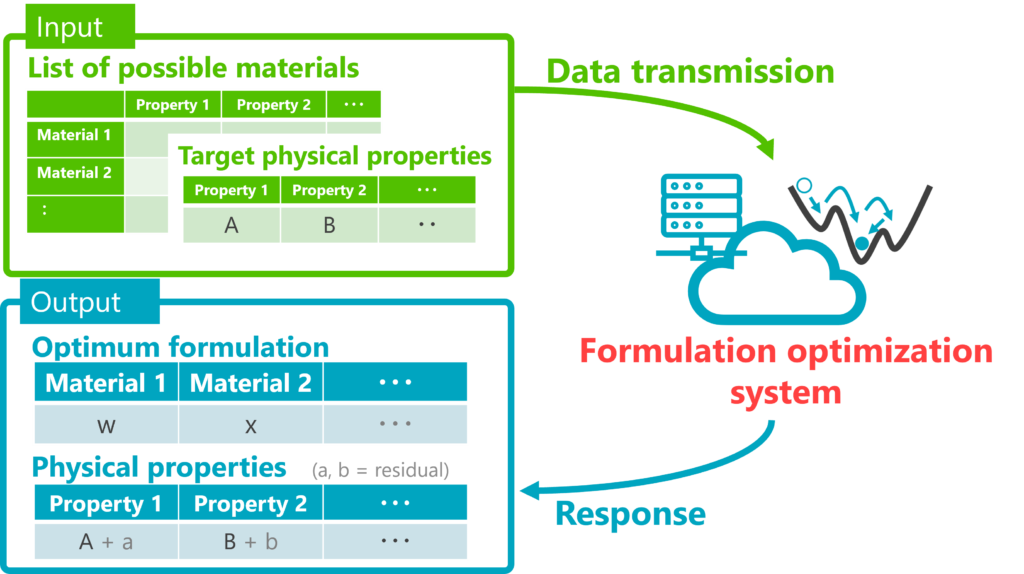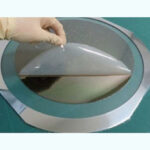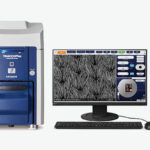ASIA ELECTRONICS INDUSTRYYOUR WINDOW TO SMART MANUFACTURING
Resonac Turns to AI in New Material Exploration Tool
Resonac Corporation has developed a proprietary technology that utilizes artificial intelligence (AI) to explore the optimum composition of materials in one-fifth the time of exploring with conventional methods.
Applying this technology, Resonac has successfully identified a polymer that serves as a raw material for photosensitive resins used in semiconductor packaging resists. Following this proof of concept, the company has begun its internal deployment as a general-purpose material exploration tool. By utilizing this technology, it aims to accelerate the creation of semiconductor materials.

As the miniaturization of semiconductor package wiring progresses, there is a growing demand for high-resolution photosensitive resins used in resists to form these wirings. Among the materials constituting the photosensitive resins, polymers significantly impact their performance. Primarily, they must meet multiple criteria, including good developability and high sensitivity.
Moreover, polymers are composed of numerous monomers. Until now, finding the optimal combination of monomers, including the composition ratio and types of monomers, from among a large number of monomer candidates, has been difficult due to the vast number of possible combinations.
However, Resonac has succeeded in determining the optimal monomers and their composition ratios in a brief time. Specifically, it set multiple target property values, calculating the polymer properties that meet these values using an AI model, and then applying annealing technology. For example, 5 types of monomers are selected from 100 types of them. Then, the composition ratios of each monomer are calculated in increments of 1% so that the total composition ratio equals 100% (examples of composition ratios: 20:20:20:20:20, 10:10:5:5:70, etc.). By using conventional methods, this would take approximately 100,000 years. However, with annealing technology*, it can be calculated in about 10 seconds.

Prototypes using the polymers obtained through this process have demonstrated favorable characteristics in experiments. Currently, the company is optimizing other materials, such as additives. Notably, the time required from formulation to prototyping has been reduced to one-fifth of that needed by experienced personnel.
Resonac has built a general-purpose formulation optimization system using this technology and started to use it in the company. In this system, users can input the target properties of a composite and the properties of the constituent materials. Then, it can obtain material composition ratios that closely match the target properties.
This technology is a versatile one that can be used in a wide range of fields, not limited to resist polymer design but also including resin design and composite materials. Also, the company has begun to apply it to semiconductor back-end products, which are its strength.
Amid the accelerating technological innovation in semiconductors, there is an increasing need to propose high-performance materials swiftly. Resonac dedicates 70% of the resources of its Research Center for Computational Science and Informatics. It boasts a full lineup of computational and information sciences such as micro/macro simulations, AI, and MI (Materials Informatics), to semiconductor material development, yielding significant results.
Resonac will continue focusing on leveraging computational and information sciences to quickly create functionalities demanded by the times. Thereby, it aims to contribute to the sustainable development of the global society.
*Annealing technology: A computational method that enables the rapid search for optimum solutions without getting trapped in local optima
-22 November 2024-




